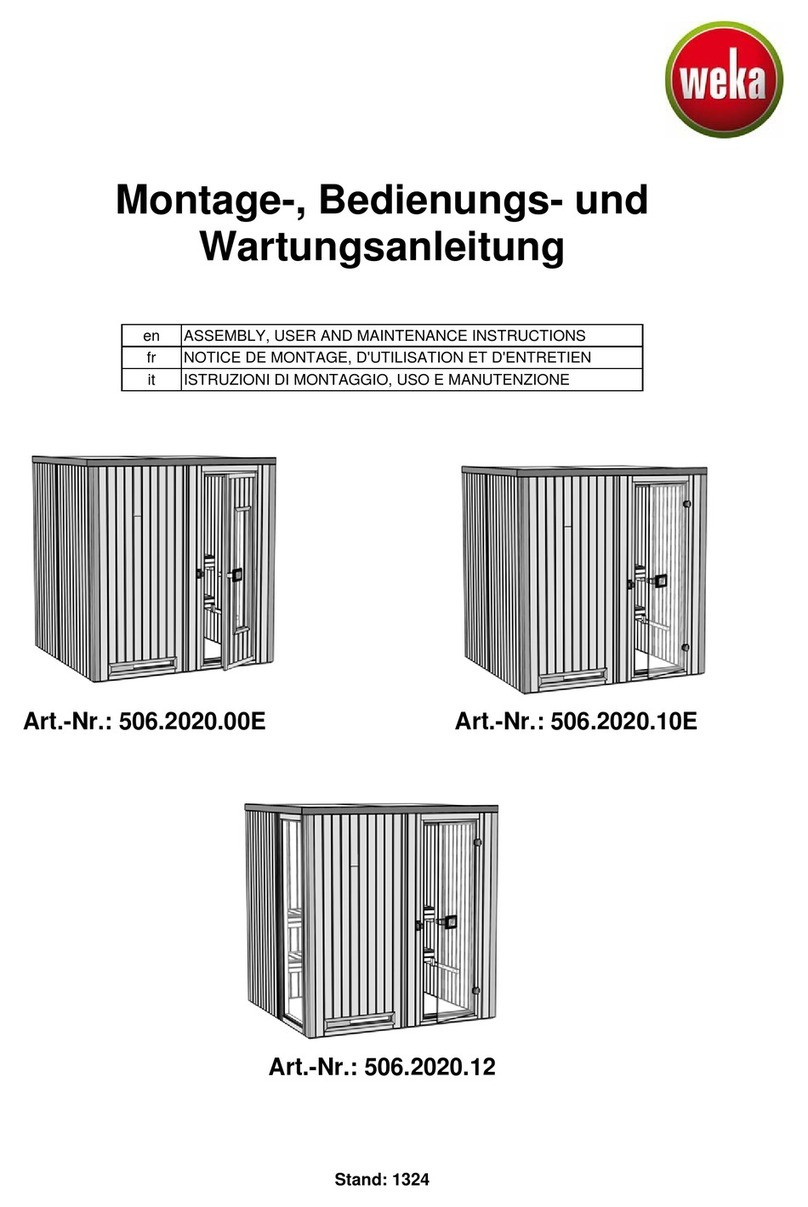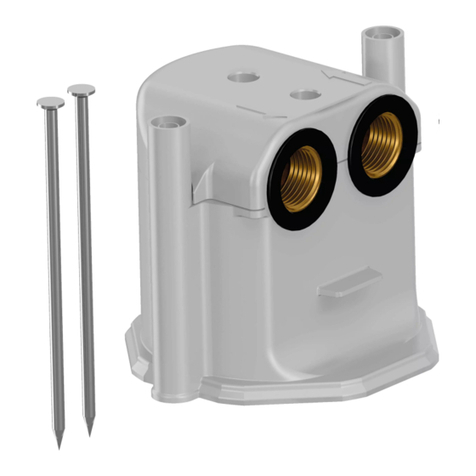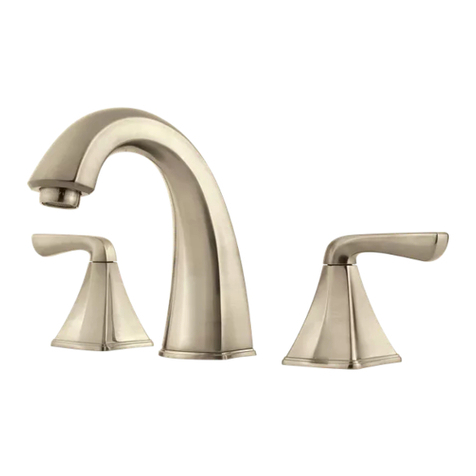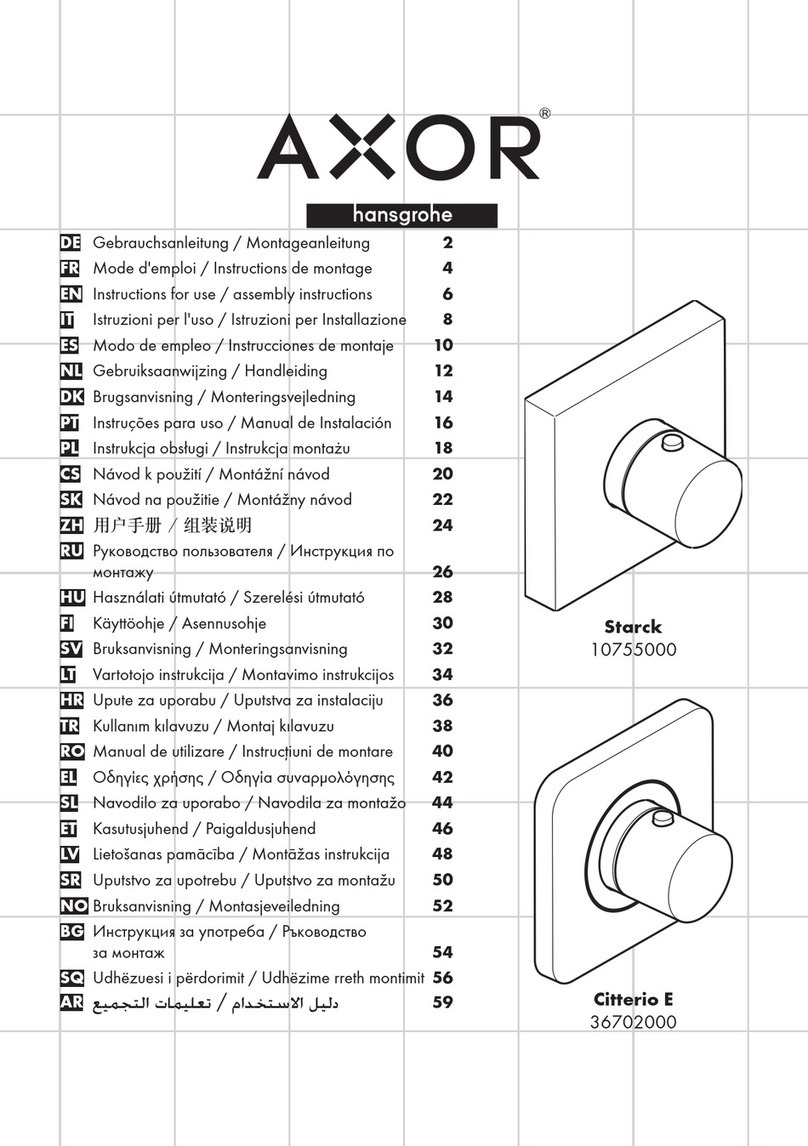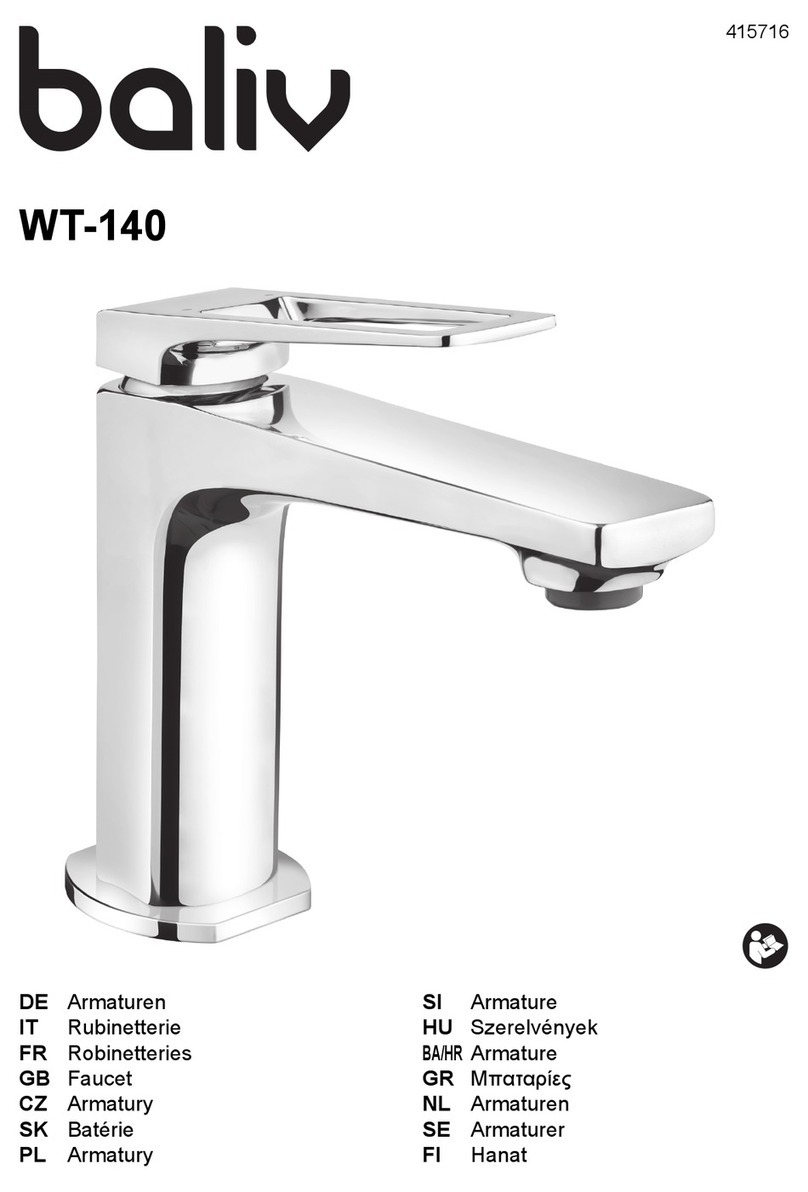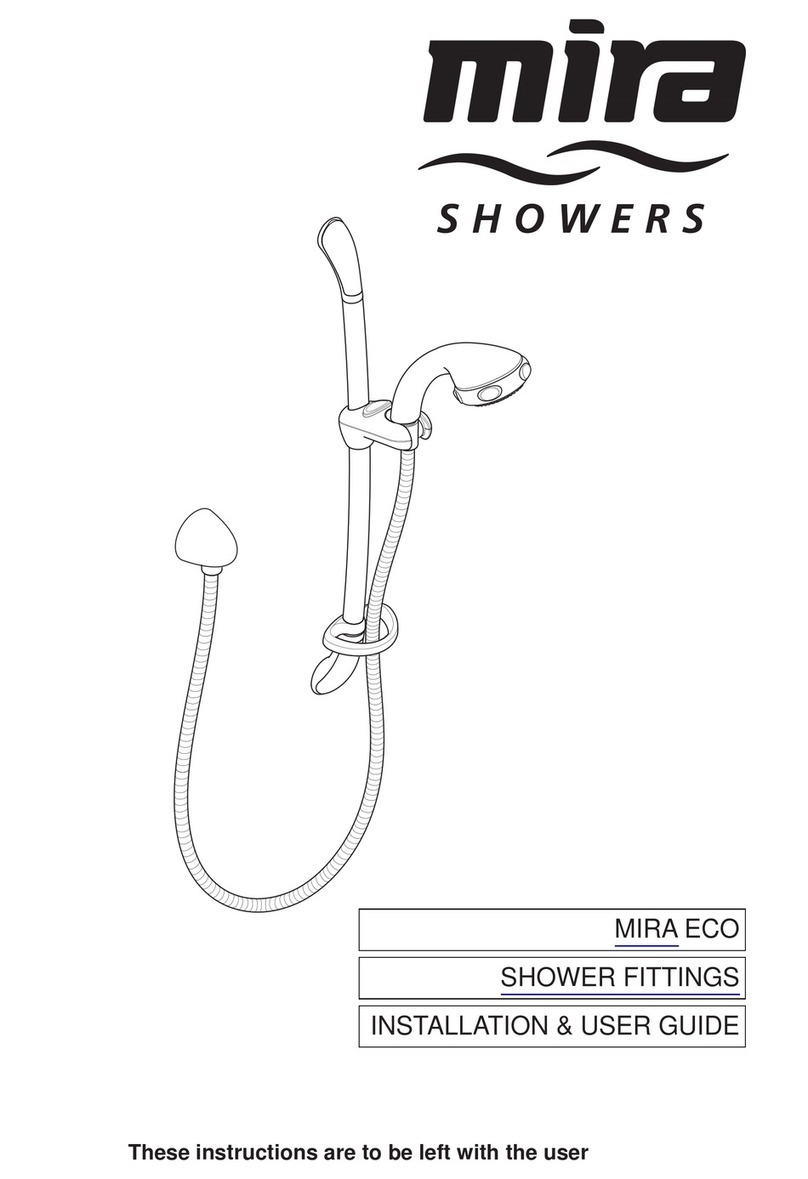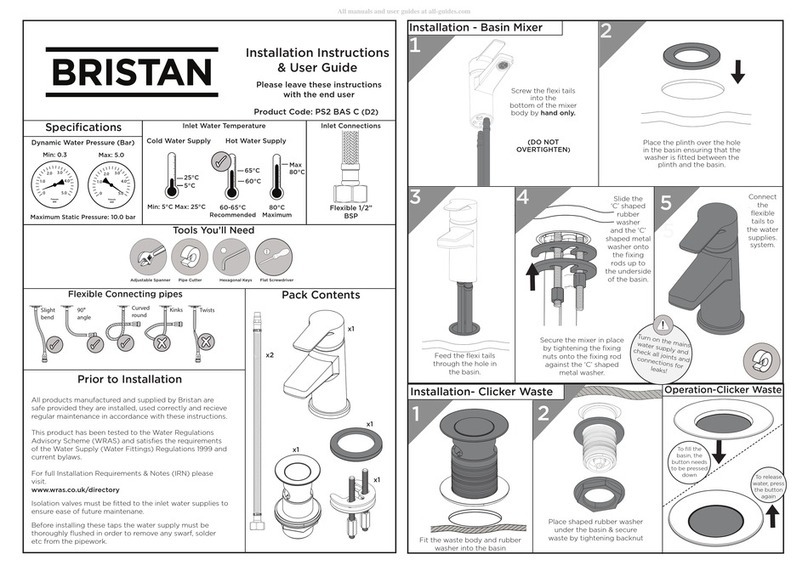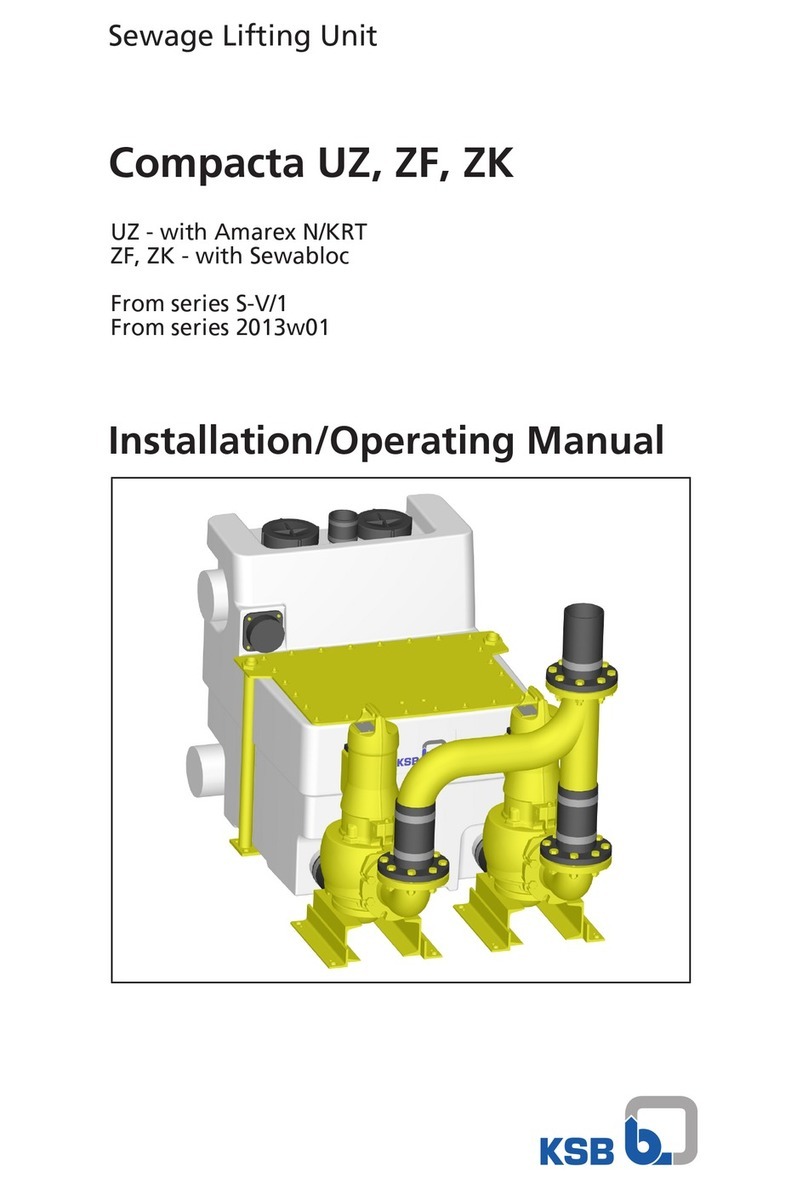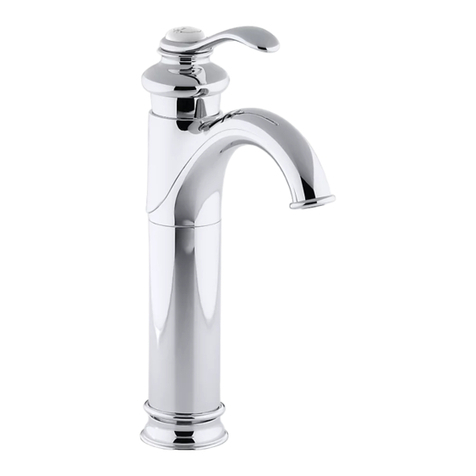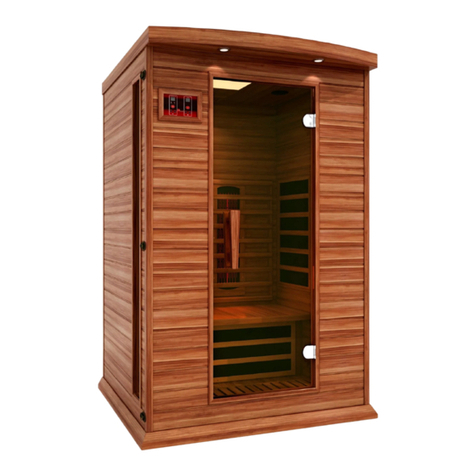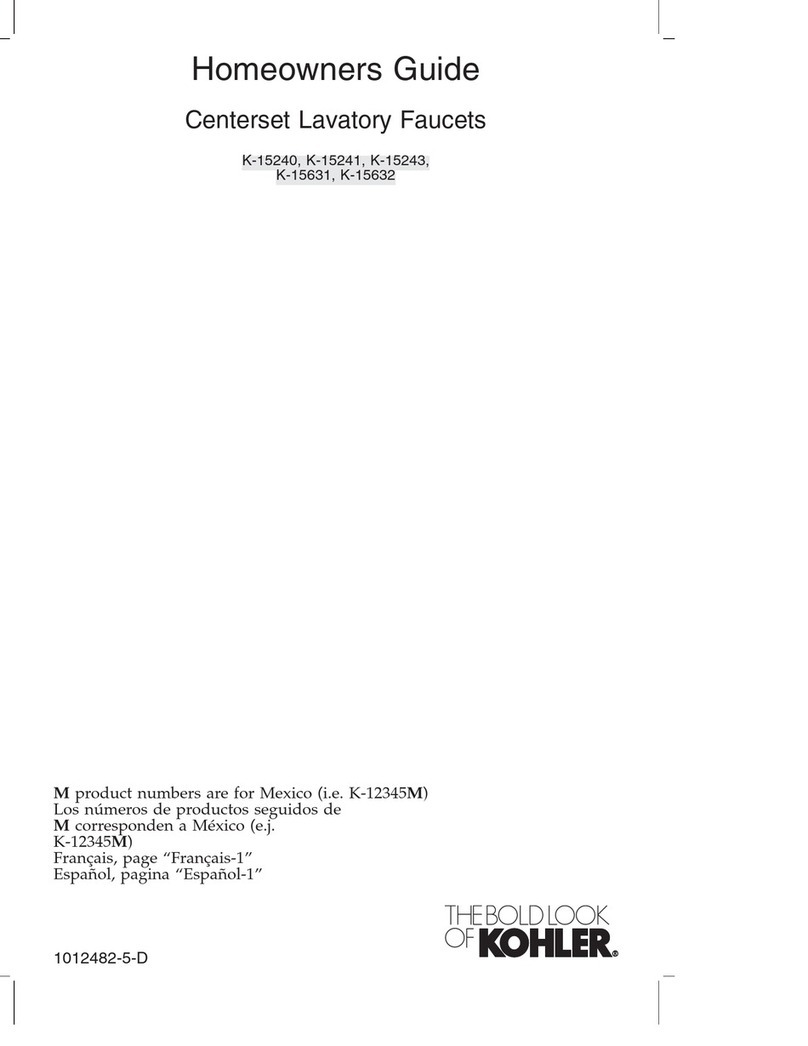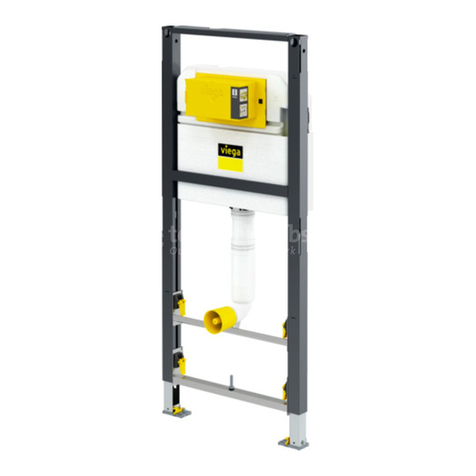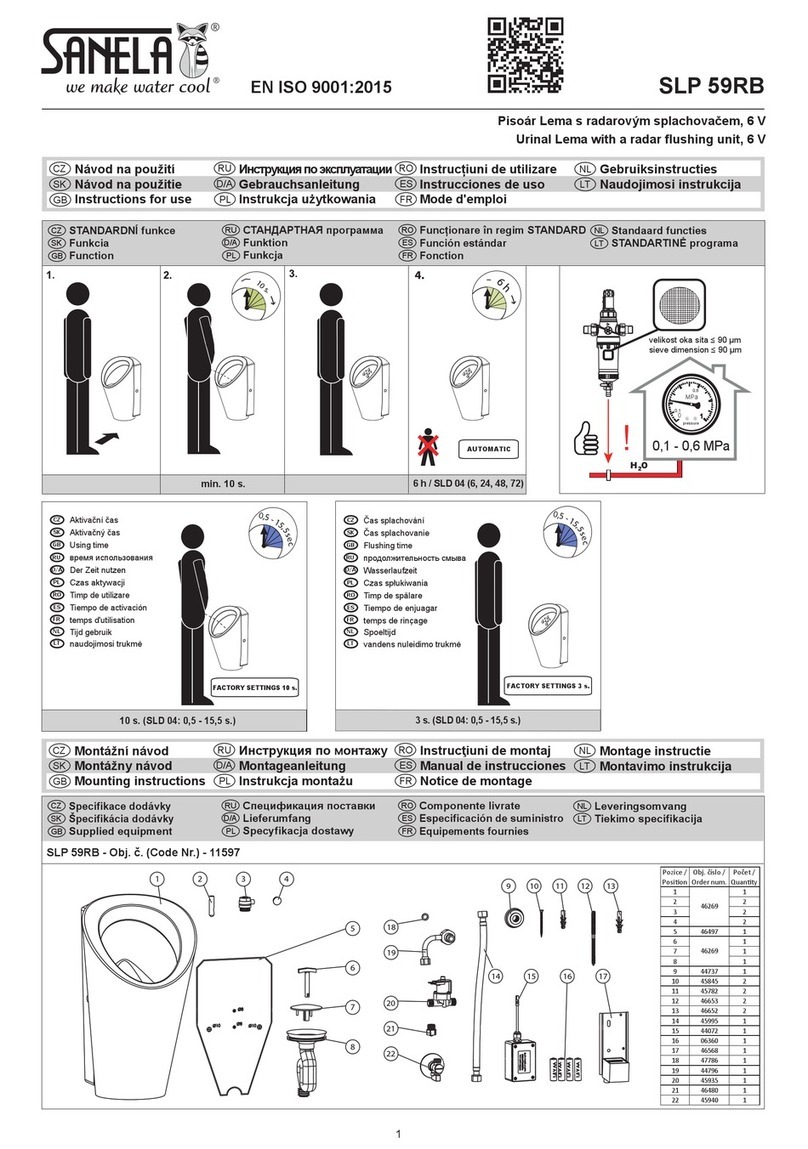
Contents
4 of 104 mini-Compacta
6.3 Prerequisites for commissioning/start-up......................................................................................................33
6.3.1 Lifting unit with LevelControl Basic 1...............................................................................................33
6.3.2 Commissioning with LevelControl Basic2 ........................................................................................37
6.4 Shutdown........................................................................................................................................................39
7 Operation.............................................................................................................................................. 40
7.1 Control panel (LevelControl Basic2) .............................................................................................................40
7.1.1 LED display .........................................................................................................................................40
7.1.2 Display ................................................................................................................................................41
7.1.3 Navigation keys..................................................................................................................................42
7.2 Manual-0-automatic selector switch .............................................................................................................42
7.3 Control panel..................................................................................................................................................42
7.3.1 Displaying measured values ..............................................................................................................42
7.3.2 Displaying and changing parameters ...............................................................................................43
7.3.3 Displaying and acknowledging alerts and warnings.......................................................................45
7.3.4 Displaying the alerts list ....................................................................................................................46
7.3.5 Replacing the rechargeable battery .................................................................................................47
8 Servicing/Maintenance........................................................................................................................ 48
8.1 General information/safety regulations........................................................................................................48
8.2 Maintenance schedule ...................................................................................................................................49
8.2.1 Inspection contract ............................................................................................................................49
8.2.2 Measuring the insulation resistance .................................................................................................49
8.2.3 Unblocking the cutter........................................................................................................................49
8.2.4 Oil check/Oil change ..........................................................................................................................49
8.2.5 Emergency operation with one pump..............................................................................................51
8.3 Dismantling the hydraulic system..................................................................................................................51
8.3.1 Removing the rotating assembly ......................................................................................................51
8.3.2 Dismantling the motor section .........................................................................................................52
8.3.3 Removing the rotating assembly and pump/plate assembly ..........................................................52
8.3.4 Removing the rotating assembly ......................................................................................................53
8.3.5 Dismantling the motor section .........................................................................................................53
8.4 Reassembly......................................................................................................................................................54
8.4.1 General instructions...........................................................................................................................54
8.4.2 Installing the bearing assembly/ shaft seal......................................................................................54
8.4.3 Fitting the bearing assembly/shaft seal............................................................................................56
8.4.4 Fitting the rotating assembly............................................................................................................56
8.5 Installing the float switch ..............................................................................................................................58
8.6 Fitting the repair kit and check valve............................................................................................................58
8.7 Tightening torques.........................................................................................................................................59
8.8 Disposal/recycling of the lifting unit .............................................................................................................60
8.9 Checklist for commissioning/inspection ➀ and maintenance ➁..................................................................60
9 Trouble-shooting.................................................................................................................................. 62
10 Related Documents.............................................................................................................................. 64
10.1 General assembly drawings/exploded views with list of components........................................................64
10.1.1 mini-Compacta U60, U100, UZ150 - Rotating assembly ..................................................................64
10.1.2 mini-Compacta U60 C, U100 C, UZ150 C - Rotating assembly.........................................................66
10.1.3 mini-Compacta U60, U100 - Collecting tank ...................................................................................68
10.1.4 mini-Compacta UZ150 - Collecting tank...........................................................................................70
10.1.5 mini-Compacta US40 – Rotating assembly .......................................................................................72
10.1.6 mini-Compacta US100, UZS150 - Rotating assembly .......................................................................75
10.1.7 mini-Compacta US40 – Collecting tank ............................................................................................78
10.1.8 mini-Compacta US100 - Collecting tank ...........................................................................................79
10.1.9 mini-Compacta UZS150 - Collecting tank .........................................................................................80
10.2 Connection examples .....................................................................................................................................81
10.2.1 mini-Compacta US40, U60, U100, US100 ..........................................................................................81
10.2.2 mini-Compacta UZ150, UZS150.........................................................................................................82
10.2.3 mini-Compacta US40 – concealed in a pre-wall system...................................................................83
10.3 Dimensions......................................................................................................................................................84
